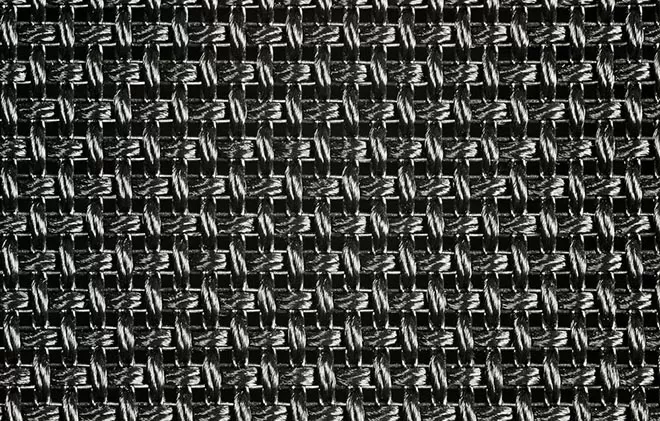Sep . 19, 2024 17:39 Back to list
galvanized wire mesh rolls factory
Exploring the World of Galvanized Wire Mesh Rolls A Comprehensive Overview of Manufacturing
Galvanized wire mesh rolls play a crucial role in various industries, offering a combination of strength, versatility, and corrosion resistance. These products are widely utilized in construction, agriculture, fencing, and many other applications due to their durability and cost-effectiveness. This article delves into the manufacturing process of galvanized wire mesh rolls, highlighting the quality standards and the importance of factories that specialize in this field.
Understanding Galvanization
Galvanization is the process of applying a protective zinc coating to steel or iron to prevent rusting. The primary methods of galvanization are hot-dip galvanizing and electro-galvanizing. Hot-dip galvanizing involves immersing the metal in molten zinc, resulting in a thick, durable coating. On the other hand, electro-galvanizing uses electrical currents to deposit zinc onto the surface, leading to a thinner and more uniform coating. Both methods enhance the longevity of wire mesh, making it suitable for outdoor and high-moisture environments.
The Manufacturing Process
The production of galvanized wire mesh rolls begins with the selection of high-quality steel wire
. Factories typically use low-carbon steel, known for its flexibility and strength during weaving. After the wire is drawn to the desired diameter, it undergoes the galvanization process, ensuring a robust coating that will protect against corrosion and wear.Once the wire is galvanized, it is cut into manageable lengths and prepared for weaving. The weaving process is critical in determining the mesh's strength and application. Factories utilize various techniques, such as square and rectangular weaving, to create different mesh patterns. The choice of weave depends on the intended application, whether for garden fencing, industrial barriers, or decorative purposes.
galvanized wire mesh rolls factory

Quality Control Standards
Quality control is vital in the production of galvanized wire mesh rolls. Reputable factories adhere to stringent quality standards, ensuring that each roll meets industry specifications for wire thickness, mesh size, and coating thickness. Testing for tensile strength, flexibility, and resistance to corrosion is conducted at various stages of production.
Certifications from organizations such as ISO (International Organization for Standardization) are essential for factories to demonstrate their commitment to quality. These certifications not only assure customers of the reliability of the products but also enhance the factory's credibility in the competitive market.
Applications of Galvanized Wire Mesh Rolls
Galvanized wire mesh rolls are highly versatile. In agriculture, they protect crops from pests and animals, providing an effective barrier for livestock fencing. In construction, they serve as reinforcement for concrete structures and are used in both residential and commercial projects. Additionally, they find applications in security, providing protective enclosures for properties and sensitive areas.
Conclusion
The importance of galvanized wire mesh rolls cannot be overstated, as they are integral to many industries worldwide. Understanding the manufacturing process and the standards upheld by factories ensures that consumers receive products that offer both reliability and value. Whether for fencing, construction, or other applications, galvanized wire mesh remains a preferred choice for its durability and effectiveness. As demand continues to grow, manufacturers must remain committed to innovation and quality to meet the evolving needs of the market.
-
Welded Wire Mesh for Industry Factory - Anping County Puersen Hardware Wire Mesh Products Co., Ltd.
NewsAug.29,2025
-
Welded Wire Mesh for Industry Factory | Durable & Cost-Effective Solutions
NewsAug.29,2025
-
Durable Welded Wire Mesh for Industry Factory | Custom Solutions
NewsAug.27,2025
-
Durable Welded Wire Mesh for Industry Factory - High Quality
NewsAug.26,2025
-
Leading Galvanized Steel Fence Factory | Durable & Secure Fencing
NewsAug.24,2025
-
Welded Wire Mesh for Industry Factory - Durable & Custom Solutions
NewsAug.23,2025

